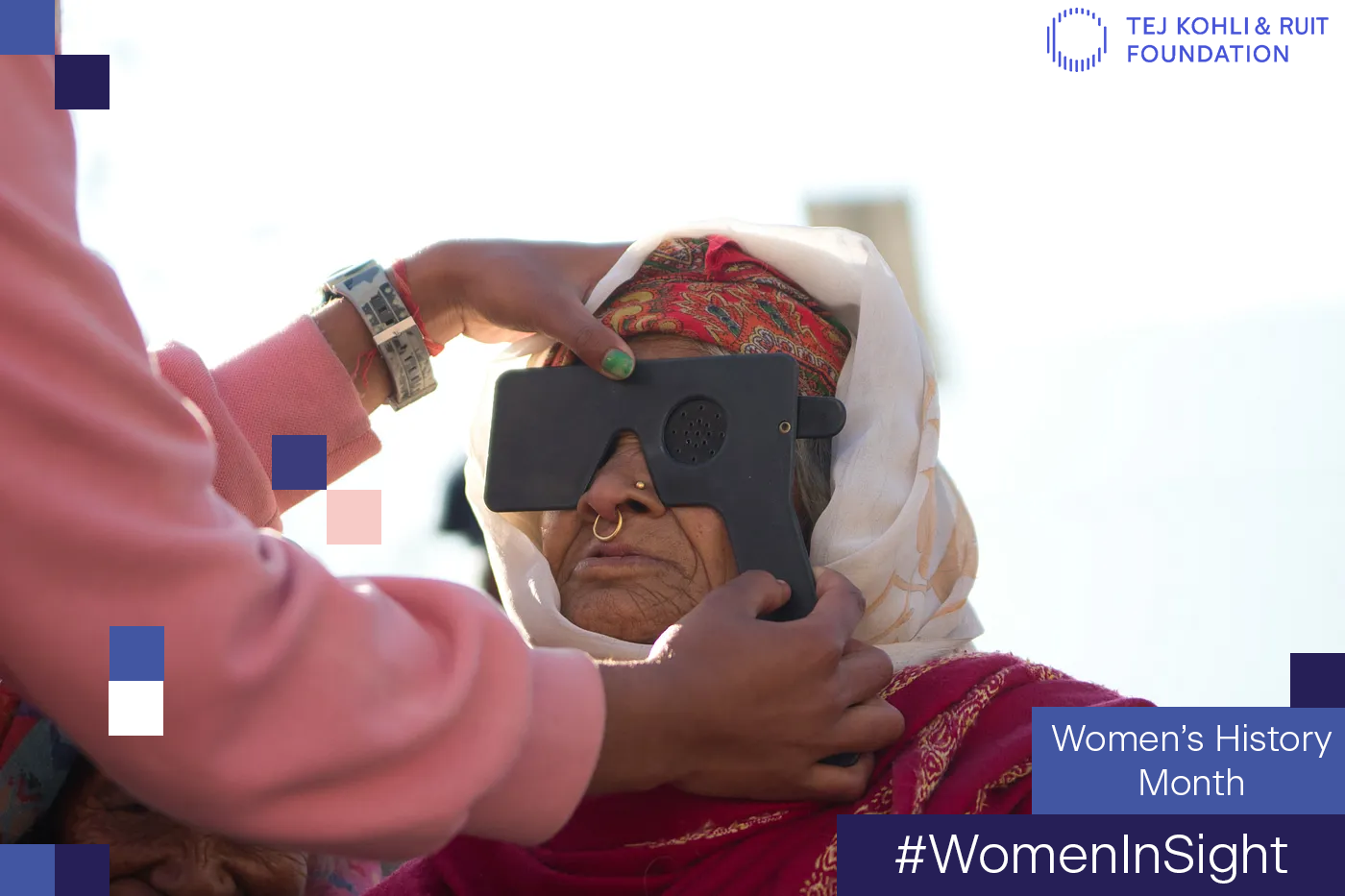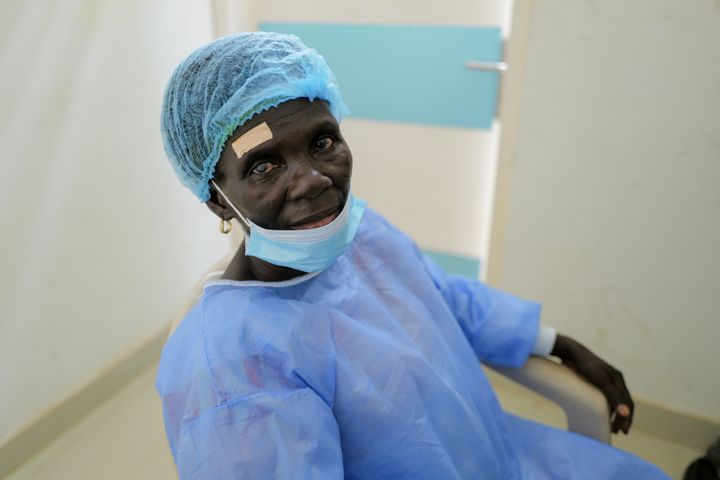Eye Care Equality

Over the world and across many years, women have faced their fair share of inequality. In many rural and isolated areas, many women suffer disproportionately due to their status in their families and communities.
Many women are left behind in terms of healthcare. From what I have seen through the Tej Kohli & Ruit Foundation, some communities seek to cure the male of the home before the women. This creates a multitude of issues moving forward. It has been said before that the empowerment of women is the key to unlocking successful growth within economies - especially developing economies.
Globally, approximately 596 million people receive some form of visual aid, but 510 million people still suffer from untreated vision impairments, with cataracts accounting for 40% of blindness, followed by refractive errors and glaucoma. While cataracts and refractive errors are treatable, glaucoma can only be managed. Despite the availability of affordable medical solutions for cataracts, many people around the world continue to suffer from this condition.
In England, roughly 30% of people over 65 years old have visually impairing cataracts in one or both eyes, and around 330,000 people undergo cataract surgery each year. However, in low-income countries, the gender gap in cataract surgeries can be attributed to several factors, such as lack of access to healthcare and education, transport issues, and cultural traditions that affect gender roles.
Women, particularly in rural areas, often have less disposable income and limited control over their finances, making it challenging to cover living expenses while recovering from surgery. Additionally, transportation issues and the need for caregivers to provide post-operative care further hinder access to treatment. Illiteracy rates are also higher among women in South Asian countries, leading to a lack of understanding about the condition and its treatment.
Cataract surgical coverage is lower among women than men in India, with men having higher odds of receiving treatment. Experts suggest that more emphasis should be placed on female patients in low-income countries to achieve equal coverage.
When it comes to healthcare, women in developing nations often face significant challenges. One area that has received relatively little attention is the lack of access to eye care. According to the World Health Organization (WHO), women make up the majority of the world's blind population, and this is especially true in developing countries.
There are several reasons for gender disparity, the first being that some women in many developing countries are more likely to be poor and have limited access to healthcare services in general. Eye care may be seen as a luxury, and many women simply cannot afford it. Second, there are often cultural barriers that prevent women from seeking care, such as a lack of female doctors or a belief that it is inappropriate for women to receive medical attention.
These challenges can have serious consequences for women's health and well-being. Vision problems can affect a woman's ability to work, care for her family, and participate in her community. In some cases, blindness can even be life-threatening. For example, if a woman cannot see well enough to cook or navigate her surroundings, she may be at risk of accidents or malnutrition.
Improving eye health can lead to several benefits, including improved quality of life, reduced mortality rates, increased productivity, and narrowing of the gender equality gap. By contributing to healthy vision globally, society can work towards achieving the UN’s Sustainable Development Goals to build a healthy and prosperous population and environment by 2030.
Ultimately, improving access to eye care for women in developing nations is not just a matter of promoting gender equity, but also a crucial step in ensuring that these women can lead healthy, productive lives.
To find out more about the Tej Kohli & Ruit Foundation and what we do visit: www.tejkohliruit.com.
For more information on Tej Kohli as a philanthropist visit tejkohliruit.com and to read more of his views go to his Medium.
To read about Tej Kohli as an investor visit Kohli Ventures.
Find out more about Tej Kohli: Tej Kohli the technologist investing in human triumph, Tej Kohli the philanthropist trying to cure the developing world of cataracts and Tej Kohli the London tycoon with a generous streak.
Check out our Womens History Month Series on my social media!
| Follow: Twitter | Instagram | LinkedIn | Facebook | YouTube |




Comments ()